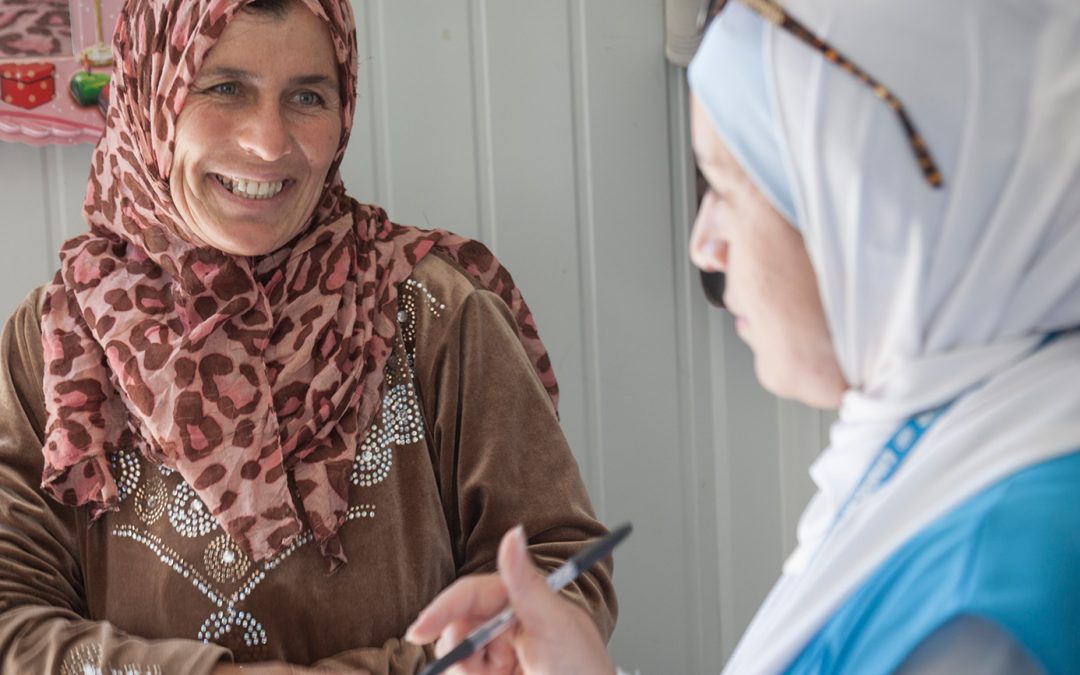The civil war in Syria, now in its fifth year, has given rise to one of the worst refugee crises in decades. Its violence has caused over four million people to flee the country. Around 630,000 travelled to neighboring Jordan, where most (480,000) settled outside of camps and currently live among locals and other permanent residents. Like all refugees, Syrians in Jordan face many challenges. Most came from middle-income backgrounds, and many are skilled traders or craftsmen. But in Jordan, only a very small number of Syrians have been able to secure legal, gainful employment. The rest live mainly under the poverty line, where, unable to work to support their families, they rely on humanitarian assistance.
This humanitarian aid, however, cannot meet current demand, because although the number of refugees has been growing continuously since the war in Syria began in 2011, the amount of humanitarian funding has not. Today, more than ever, donors want to see their contributions have maximum impact, and humanitarian agencies must do more with less. If this is to be achieved, aid must reach those who need it most. But how can one identify the person or families that are most vulnerable?
Until recently, aid organizations in Jordan did not have a shared definition of vulnerability, nor common tools with which to measure it. Then, two years ago, UNHCR Jordan began the Vulnerability Assessment Framework (VAF) project. Over the past 24 months, VAF has been developed through a multi-agency process, which was overseen by a steering committee with representatives from five UN agencies, five INGOs and two donors. Together, they devised an agreed definition of vulnerability, and developed models with which to measure and track vulnerability across time.
What is unique about VAF is its conceptualization of vulnerability. Previous approaches often measured whether someone was vulnerable based on just one or two variables, such as income or family size. But there are many ways in which a person can be vulnerable; ways that also interact with one another. The VAF therefore, defines the concept in terms of what a given person is vulnerable to, taking different sectors – such as lack of education, lack of documentation, or health liabilities – into account. The result captures the nuances of refugee families’ multiple vulnerabilities, allowing for assistance to be targeted more effectively.
Beyond that, VAF promises to make a real difference in terms of the effectiveness of aid distribution. Previously, if a smaller NGO in Jordan had the capacity to provide assistance to 2000 families, but could interview only 1000 families, the resources might not have reached those most in need. But with VAF such silos can be broken down, making room for new collaborations. To date, 65,000 families, or over 200,000 Syrian urban refugees, have been assessed through the VAF process – a number that continues to grow. Their information is hosted and analysed in a secure database, which can be accessed by partners. Already, VAF is being used to target assistance by WFP, UNICEF, UNHCR, and a number of international NGOs, and further discussions regarding future partnerships are underway.
We’re always looking for great stories, ideas, and opinions on innovations that are led by or create impact for refugees. If you have one to share with us send us an email at innovation@unhcr.org
If you’d like to repost this article on your website, please see our reposting policy.

